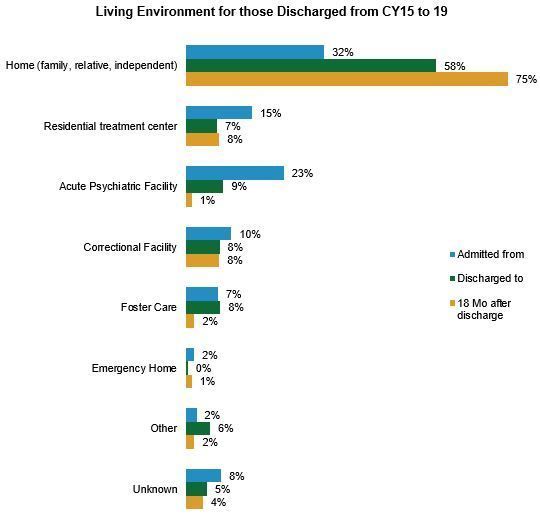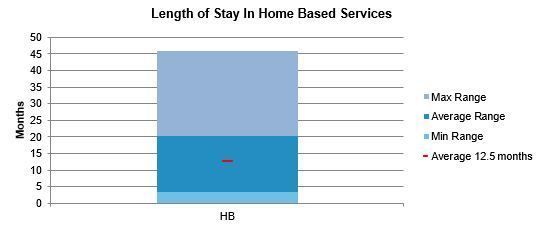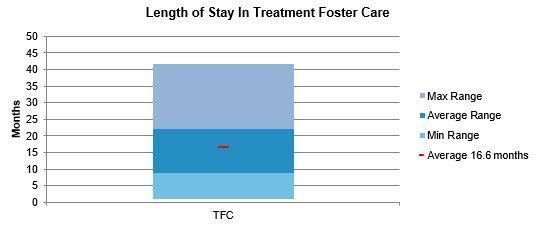OUTCOMES
The changing face of mental health services:
Why we measure outcomes
In the field of mental health, there has been an increased demand for accountability and examination of the services being provided by programs that serve communities. At AK Child & Family we believe that outcomes measurement is a way to obtain valuable input from youth, families, and referring agencies regarding the services they received. By implementing a robust outcomes management program not only do we provide insight to the consumer about the services we provide, we also have a tool for continually assessing and improving the quality of our services.
The Outcomes Management Program at AK Child & Family measures how the agency provides quality care and treatment to children and families in Alaska. By analyzing the impact of treatment on the lives of our clients and families, we are better able to assess our treatment programs and guide program development. The data we collect assists us with shaping staff trainings, focusing agency priorities and creating programming that is specific to youth and family needs. Data and outcomes are not only there to guide our decision making, but serves to help us tell the story of the youth and families we work with.
We encourage our community to ask questions and let us tell you the stories behind the data that make the numbers come to life. For more information about treatment outcomes, please use our Contact Us form using the topic Outcomes / Performance Improvement.
How we measure Outcomes
Data collection for the AK Child & Family Outcomes Project began in September of 2004, after which all youth who entered treatment were assessed using the Child and Adolescent Functional Assessment (CAFAS). The CAFAS was selected following a thorough review of available instruments. The CAFAS tool was ultimately chosen due to it's extensive use with youth and documented validity and reliability (CAFAS; Hodges, 2003). Additional information regarding the CAFAS tool’s validity and reliability is provided on the FAS Outcomes website. The CAFAS is a 240 item survey that conducts ongoing assessments of how students function around the following 8 domains of life:
- Home
- School
- Community
- Behavior Towards Others
- Moods and Emotions
- Self Harm
- Substance Use
- Thinking
Overall Improvement in Student Functioning
When youth come into our program their CAFAS assessment scores are elevated, reflecting a need for intensive services. As youth progress through treatment and develop the skills they need to stay safe in their homes, schools and communities, their CAFAS scores decrease. This reflects improvement in daily functioning. CAFAS assessments are conducted at intake, every three months during a youth’s stay and at discharge. An abbreviated version of the CAFAS is also conducted at 6, 12, and 18 months post discharge with youth and families that have agreed to participate in the outcomes data collection process.
Drops in 20 points or more indicate a significant change in functioning

The graph below represents youth that discharged from specific AK Child & Family programs between FY 2017 to FY 2021.
These numbers include youth that may have discharged from two separate programs within that same year successfully and in succession. (i.e. youth that discharged and then transferred from Therapeutic Foster Care to Home Based Services, and then discharged from Home Based Services successfully in years FY2017 through FY2021.)

Who we serve: Who are the youth of AK Child & Family?
We serve families from all areas of Alaska, and our demographic data assists us with identifying and developing programming and training needs. When reviewing our demographic data, we can make determinations on whether or not we need to adjust programming to better fit our current population, or make adjustments to our license which drives age / gender bed availability to better fit the needs of the community. Below you will see a snapshot of our demographics from FY 2017 though FY 2021.



Youth placed in our care often have a history of multiple placements prior to entering treatment at AK Child & Family, and come to us from various living environments. We recognize that placement stability is a key factor in developing healthy, lasting relationships and work closely with parents/guardians and treatment teams to create stable treatment environments.
The graphs below show the living environments and placement history of youth that were placed in AK Child & Family in FY 2017 though FY 2021.


Post Discharge Surveys
At 6, 12, and 18 months post discharge a survey is conducted to gather data on youth's current status. The data is collected through an interview of a parent / guardian or the youth themselves. The post discharge interview is a voluntary process that is agreed to upon intake, and the youth / parent / guardian can decide to refuse an interview at any time in the 18 months post discharge. Data is collected upon intake regarding where the youth is living, as well as where the youth is placed at discharge. We follow up with those that have agreed to the post discharge interview process to find out where they are residing at 6, 12, and 18 months post-discharge. The graph below is a collection of data from youth that discharged from our program beginning in 2014 and completed their 6, 12 and 18 months post discharge interviews through 2019.

The post discharge interview also consists of various questions, including a selection of questions related to the CAFAS subscales of school, behavior towards others and behavior at home.
Of the youth / families that participated in the post discharge interviews, the chart below shows the rate of youth that are now displaying minimum to mild impairment in the following categories 18 months after discharge (CY15 to CY19).

When youth enter treatment at AK Child & Family, they present with various high risk behaviors that impact their lives in their home, school and community.
At 6, 12 and 18 months post discharge, youth that are no longer engaging in these behaviors are represented in the graph below (CY14 to CY19).


Average Length of Stay in our Programs
Each youth and family comes to us with their own unique needs, challenges and desired outcomes. Individualized treatment plans of care are developed in collaboration with the youth, their family and other identified people within their support network. Length of stay within a program is determined by the individual’s progress towards treatment plan goals and objectives.
The below graphs represent the range of the lengths of stay for youth from FY 2017 trough FY 2021 in various programs. The average length of stay is represented by the red point identified within the range.

* Most students stay in residential spans 6 to 12 months

* Most students stay in the Home Based program spans 4 to 15 months

* Most students stay in Treatment Foster Care spans 7 to 22 months
Consumer Satisfaction Surveys: What do our youth and families think?
We also collect valuable data from our consumer satisfaction surveys. Through these surveys youth in our care, parents, guardians and referring agencies are given the opportunity to assess our services on a 1-5 scale, 1 indicating “strongly disagree” and 5 indicating “strongly agree”. These surveys are sent out annually to consumers that are currently in our program. Their feedback is voluntary and confidential. Below you will see the feedback given to us by our students and families in our 2021 Perception of Care surveys.


